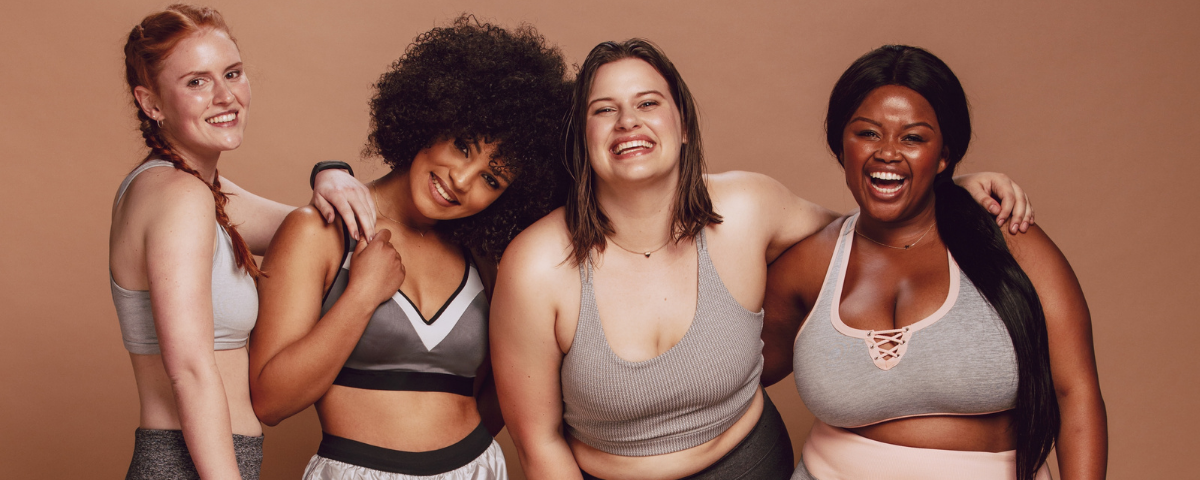
How What You Wear Affects Your Wellbeing: The Impact of Clothing Choices on Mental and Physical Health
What someone wears can significantly influence their state of mind and overall well-being. Choosing the right clothing can enhance confidence, boost mood, and even impact productivity. Psychological studies support the idea that fashion choices affect self-perception, which in turn influences how individuals interact with the world around them.
Comfort and style play pivotal roles in establishing a positive mindset. When a person feels good in their attire, it can lead to increased self-esteem and a greater willingness to face daily challenges. The right outfit can serve as a source of empowerment, encouraging individuals to present the best version of themselves.
Moreover, clothing choices are often tied to personal expression. By reflecting their identity and values through their wardrobe, individuals can foster a sense of belonging and satisfaction. This connection between fashion and emotional health underscores its importance in daily life.
The Psychology of Dressing Well
Clothing is more than just fabric. It can significantly influence one’s mental state and self-image. The psychology of dressing well encompasses how attire affects cognition, mood, and confidence.
Enclothed Cognition
Enclothed cognition refers to the impact that clothing has on individual thinking and behavior. Studies show that the attire one wears can influence cognitive performance. For instance, wearing formal clothing may enhance abstract thinking while casual attire promotes a more relaxed mindset.
Moreover, the symbolism associated with specific pieces can alter perceptions. For example, a well-tailored suit often evokes feelings of professionalism and authority. This link between clothing and cognitive processing highlights the importance of wardrobe choices on mental functioning.
Impact on Mood and Confidence
The link between clothing and emotional well-being is significant. Wearing outfits that align with personal style can boost mood and enhance self-esteem. Individuals often report feeling more vibrant and empowered when dressed to their liking.
Beyond mood, clothing can directly influence confidence levels. For example, garments that fit well and reflect personality can lead to greater assurance in social situations. A well-curated wardrobe allows individuals to express themselves authentically, fostering a positive self-image and enhancing interpersonal interactions.
Personal Identity and Style Expression
Personal style serves as a reflection of one’s identity and can significantly influence mental and emotional well-being. The way individuals choose to dress can impact how they perceive themselves and how others perceive them, contributing to a sense of belonging and self-acceptance.
Fashion as Self-Expression
Fashion provides a powerful medium for self-expression. Individuals often use clothing to convey their interests, beliefs, and values. For instance, someone might wear vintage clothing to reflect a love for history, while another might choose bold colors to showcase their vibrant personality.
The choices in style also allow for creativity. Accessories, patterns, and textures can be mixed and matched to create a unique aesthetic that resonates personally. Fashion becomes a language through which individuals communicate their identity without words.
Developing a Unique Style
Developing a unique style is a journey that involves exploration. Many individuals start by experimenting with different looks, seeking inspiration from various sources such as social media, fashion magazines, and culture.
Identifying personal preferences helps create a cohesive wardrobe. Key components include recognizing which colors complement one’s skin tone and considering body shape when choosing cuts. Over time, these insights lead to a distinct style that aligns with one’s personality and enhances confidence.
By focusing on authenticity, individuals can cultivate a wardrobe that not only looks appealing but also feels true to who they are.
Digital Integration in Fashion Choices
The integration of digital platforms in the fashion industry has transformed how individuals express themselves through clothing. This section examines the roles of digital platforms and the importance of security in fashion choices.
Role of Digital Platforms in Fashion
Digital platforms have become essential in shaping fashion preferences. They facilitate personalized advertising based on users’ browsing behavior, IP address, and search data. Brands leverage this information to tailor marketing campaigns that cater to specific audiences.
Moreover, content measurement and audience research enable companies to refine their strategies, ensuring that their offerings align with consumer tastes. Services development focuses on creating tools that enhance user experience, such as virtual fitting rooms, which allow customers to visualize how clothing will look before purchasing.
Incorporating geolocation data aids retailers in showcasing local trends, adding relevance to the shopping experience. This digital integration fosters a dynamic connection between brands and consumers, shaping personal identities through fashion.
Online Security and Privacy Concerns
With the increased use of digital platforms, privacy concerns have grown. Users often share personal data, raising questions about how this information is utilized.
Privacy settings should allow individuals to control their data, including consent for cookies and tracking. Security measures, like robust authentication processes, are critical to prevent unauthorized access.
Retailers must be transparent about their cookie policy, which informs customers how cookies are used to enhance services. This transparency builds trust but also requires ongoing effort to educate users about managing their privacy settings effectively. Addressing concerns about spam and data breaches is vital for maintaining confidence in digital shopping experiences.
Attire in Professional and Casual Settings
Clothing choices in different environments can significantly impact an individual’s mindset and productivity. Professional attire often conveys authority and confidence, while casual wear can enhance comfort and foster creativity.
Significance of Suits and Formal Attire
Wearing suits and formal clothing in a professional setting can enhance credibility. These outfits often signify professionalism and competence. A well-fitted suit can boost self-esteem and influence how others perceive an individual.
Research indicates that formal attire can affect cognitive processes. When individuals wear formal clothing, they may feel more powerful and assertive, leading to improved performance at work. This effect is particularly relevant in environments where first impressions matter.
Additionally, formal dress codes can help establish a sense of unity within a team. Employees in coordinated attire may feel more connected and aligned with their organization’s goals.
Comfort and Productivity in Sweatpants
Casual attire, especially sweatpants, offers notable comfort, which can contribute to a relaxed state of mind. Many people find that wearing sweatpants during less formal work or creative tasks fosters an environment conducive to innovative thinking.
Research shows that comfort can enhance focus and decrease distractions. When individuals are comfortable, they may be more inclined to engage more fully in their work.
Moreover, casual settings can promote a sense of equality among team members. In less formal dress codes, employees may feel freer to express themselves, fostering collaboration and open communication. Comfort does not diminish professionalism; rather, it can enhance productivity in the right context.



